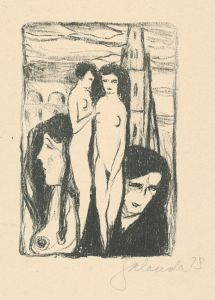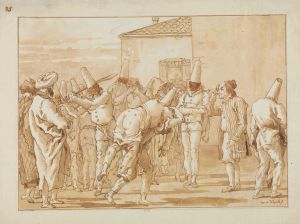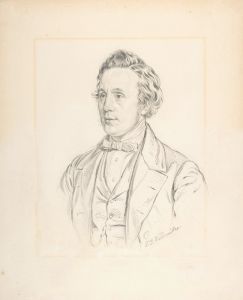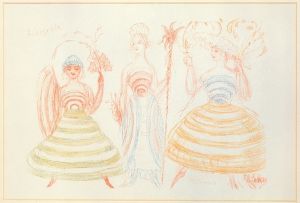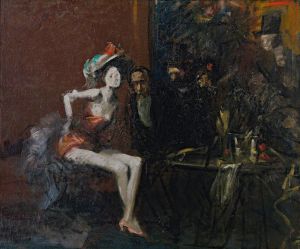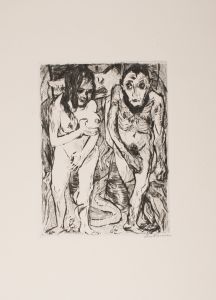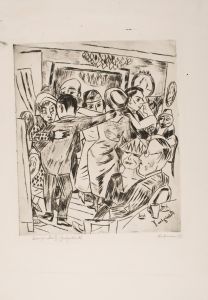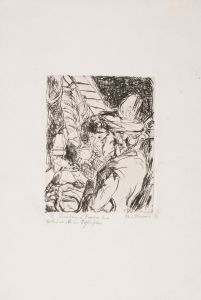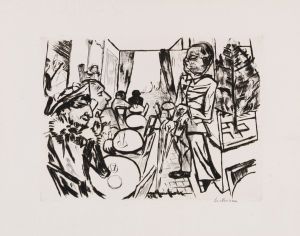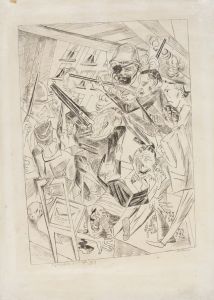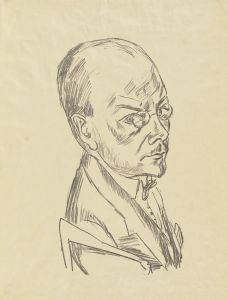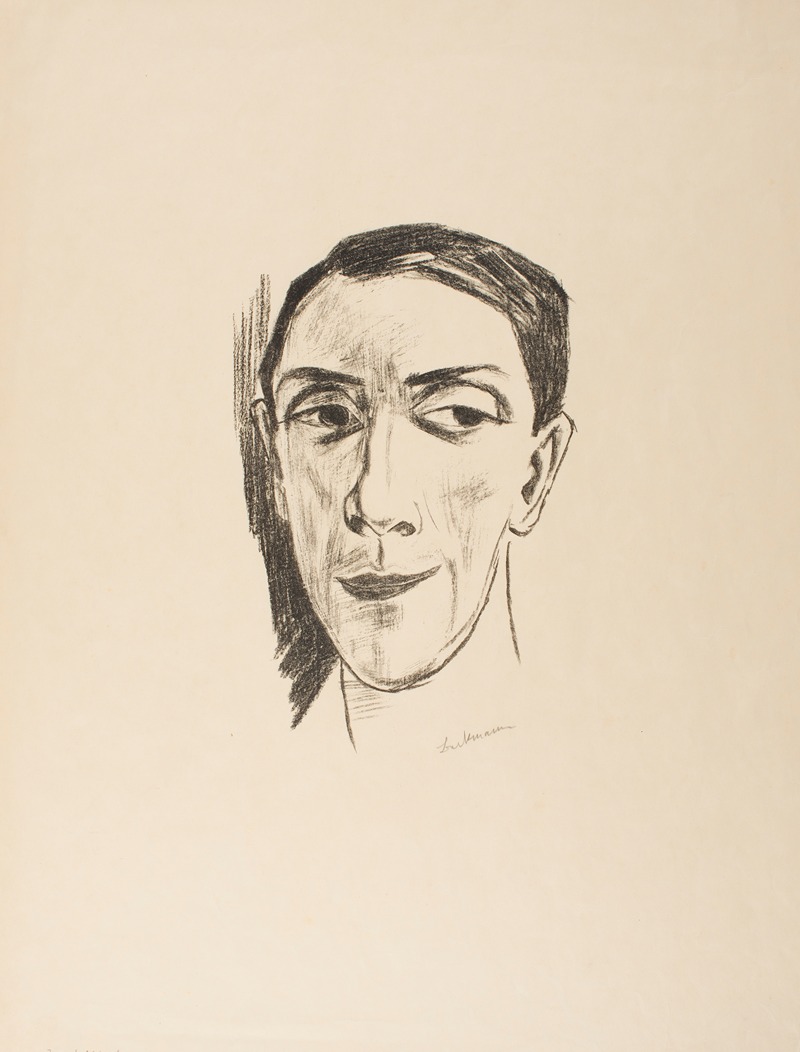
Portrait of the Actor N. M. Zeretelli
A hand-painted replica of Max Beckmann’s masterpiece Portrait of the Actor N. M. Zeretelli, meticulously crafted by professional artists to capture the true essence of the original. Each piece is created with museum-quality canvas and rare mineral pigments, carefully painted by experienced artists with delicate brushstrokes and rich, layered colors to perfectly recreate the texture of the original artwork. Unlike machine-printed reproductions, this hand-painted version brings the painting to life, infused with the artist’s emotions and skill in every stroke. Whether for personal collection or home decoration, it instantly elevates the artistic atmosphere of any space.
"Portrait of the Actor N. M. Zeretelli" is a painting by the German artist Max Beckmann, created in 1926. Beckmann, a prominent figure in the New Objectivity movement, is known for his expressive and often somber depictions of human figures, and this portrait is no exception.
The subject of the painting, N. M. Zeretelli, was a notable actor of the time, though specific details about his life and career are relatively scarce. Beckmann's choice to paint Zeretelli reflects his interest in the performing arts and his connections with the cultural milieu of the Weimar Republic. The portrait captures Zeretelli in a moment of introspection, characteristic of Beckmann's style, which often delves into the psychological depth of his subjects.
In "Portrait of the Actor N. M. Zeretelli," Beckmann employs his signature bold lines and stark contrasts to highlight the actor's features. The use of dark, rich colors and the dramatic lighting create a sense of intensity and focus on Zeretelli's face, drawing the viewer's attention to his expression. Beckmann's technique involves a combination of realism and abstraction, which allows him to convey both the physical likeness and the inner essence of his subject.
The painting is notable for its composition and the way Beckmann uses space. Zeretelli is positioned slightly off-center, with a background that is relatively plain, ensuring that the viewer's focus remains on the actor. This minimalist approach to the background is typical of Beckmann's portraits, where the emphasis is placed on the subject rather than the surroundings.
Max Beckmann's work during the 1920s, including this portrait, reflects the turbulent social and political climate of post-World War I Germany. The Weimar Republic was a period of significant cultural experimentation and upheaval, and Beckmann's art often mirrors the complexities and anxieties of this era. His portraits, in particular, are known for their psychological depth and their ability to capture the essence of the individuals he painted.
"Portrait of the Actor N. M. Zeretelli" is housed in a private collection, making it less accessible to the public compared to some of Beckmann's other works. However, it remains an important piece within his oeuvre, exemplifying his skill in portraiture and his ability to convey the human condition through his art.
Max Beckmann's legacy as an artist is well-established, and his contributions to modern art continue to be celebrated. His portraits, including that of N. M. Zeretelli, are studied for their technical mastery and their profound emotional impact. Beckmann's work remains relevant today, offering insights into the human experience and the historical context in which he lived and worked.





